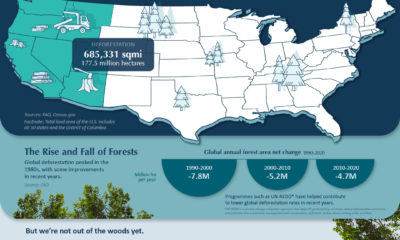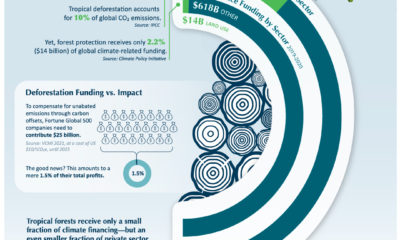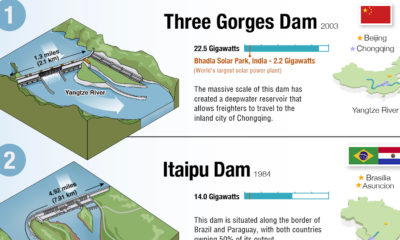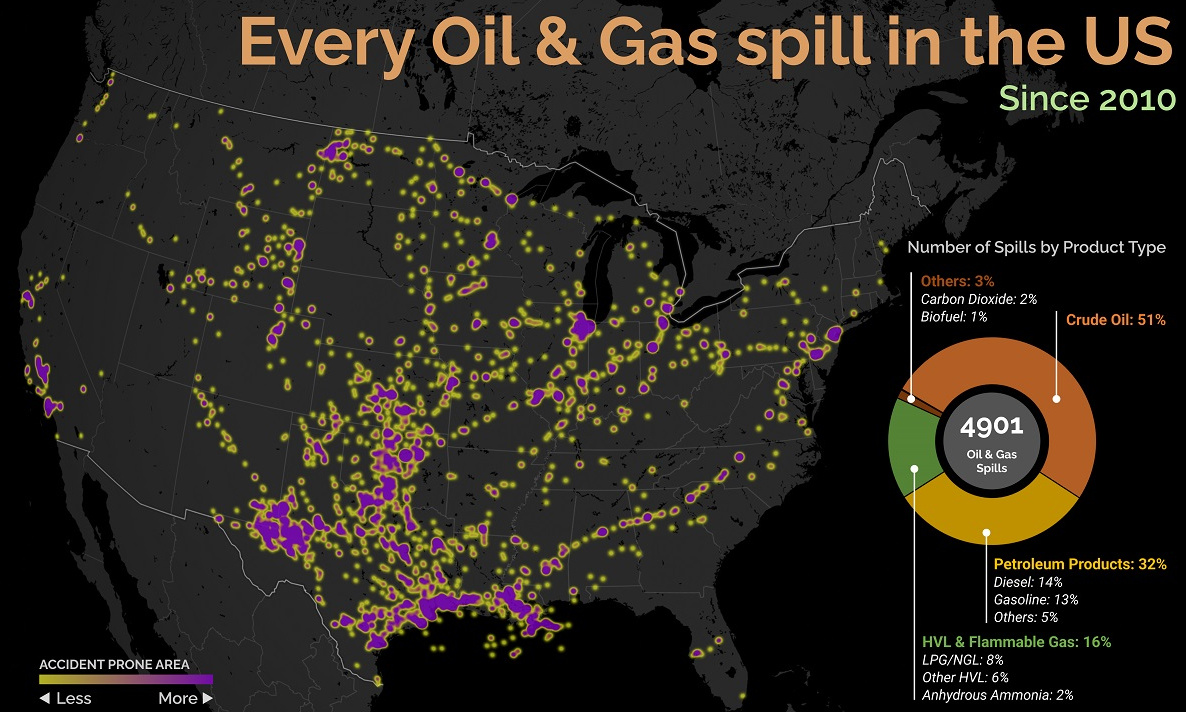The EU’s record-breaking temperatures are making headlines around the world, as experts worry these extreme heatwaves could be the region’s new normal. Given the volume of coverage on the topic, we sifted through dozens of articles and Twitter threads (so you don’t have to) and complied a list of the five major things to know about Europe’s smothering heatwave.
① High Temperatures are Shattering Records
Temperatures have been hitting all-time highs across the region. On Monday, July 18, dozens of towns across France reported record-breaking temperatures of up to 42°C (107.6°F). In the same week, the UK experienced its hottest day on record at 40.3°C (104.5°F), breaking Britain’s previous record of (38.7°C) 101.7°F that was set back in 2019. The heat in London was so unprecedented, the city’s national rail service issued a warning to the public, urging passengers to stay home and only travel if necessary. Some major rail lines were even closed for parts of the day on Tuesday, July 19.
② Europe is Feeling the Burn
The smoldering heat is fueling disastrous wildfires across the continent. As of July 20, an estimated 1,977 wildfires have blazed across the region in 2022—almost 3x the average amount, according to historical data from the European Forest Fire Information System. Mediterranean countries have been hit particularly hard, with thousands of people in Portugal, Spain, and France evacuating their homes.
③ Going With the (Low) Flow
Along with the devastating wildfires, Europe’s heatwave is also causing a series of droughts across the region. While most European cities have at least one river or lake crossing their urban landscape, these rivers and bodies of water are at risk of drying out. For instance in early July, Italy’s Po River was experiencing a drought so severe, that the country’s government issued a state of emergency in five different regions.
④ Energy Demands are Creating an Awkward Situation
Last year, Europe set ambitious goals to cut 55% of its greenhouse gas emissions by 2030. But, in the wake of a global energy crisis, many European countries have put their green transition plans on hold as they turn to “dirtier” fuels like coal to keep their economies running business-as-usual. This timing is a tad awkward, considering the fact the region is currently ablaze with record-breaking temperatures that experts believe are human-induced. The aforementioned “low flow” on many European rivers are also impacting hydroelectricity and even nuclear electricity generation, as too little water is available for cooling purposes. On the bright side, at least Germany has made some progress in the realm of renewable energy—on July 17, the country generated a record-breaking amount of electricity from solar panels.
⑤ Climate Change is a Factor, but Heatwaves are Complicated
Experts claim that climate change is playing a part in these record-breaking heatwaves. Around the world, global surface temperatures have risen by about 1.0°C (1.8°F) since the 1850s, and scientists claim this temperature increase has been indisputably influenced by human activity.
However, there may be other factors that are influencing these extreme heatwaves. While the exact specifics are difficult to nail down due to the variable nature of the climate, a recent study published in Nature Communications found that Europe’s escalating heatwaves could be partly attributed to changing air currents, which are blowing hot air from North Africa to Europe.
The Bottom Line
At least 1,500 lives have been lost so far amidst this record-breaking heatwave. And since temperatures are expected to remain high across the region for at least another week, this figure will likely increase. European homes are generally not well equipped for exceptionally high temperatures, and since the continent has the oldest median age of any region, its population is particularly susceptible to the negative effects of extreme weather. Livelihoods are also being impacted by the extreme weather. Temperatures are drying out soil, which is creating poor growing conditions for corn farmers in France, Romania, and Spain, the region’s top corn producers. Long story short—Europe’s heatwave is having disastrous effects on its economy and infrastructure, as well as the overall wellbeing of the region’s population. Update: The map from cool.wx was revised to better reflect Europe’s present day borders. on Aside from the obvious climate impact they bring, one other downside in particular is spills, which can lead to ecological and economic damage. These can happen due to pipeline leaks, train derailments, or other industrial disasters. This graphic from Preyash Shah provides a visual overview of every oil and gas spill in the contiguous U.S. since 2010. Data is tracked by the U.S. government’s Pipeline and Hazardous Materials Safety Administration (PHMSA).
U.S. Oil and Gas Spills (2010‒2022)
The majority of spills that have occurred come mostly from crude oil, followed by petroleum products and gas. Note that this data covers the quantity of spills and not damages or volume.
Crude oil, which makes up just over half of documented spills, is also one of the most costly. Contaminations can persist for years after a spill, and its impact on local mammals and waterfowl is particularly harsh. This has been the case with the Deepwater Horizon spill (also known as the “BP oil spill”), which experts say is still causing harm in the Gulf of Mexico. Other products with lots of spills include petroleum products such as diesel or gasoline, as well as liquefied natural gas or other volatile liquids. Interestingly, liquefied carbon dioxide can also be transported in pipelines, commonly used for carbon capture storage, but requires high pressure to maintain its state. When looking at the location of spills, it’s clear that the South Central states have experienced the highest number of disasters. In contrast, the West Coast has had substantially less activity. However, this makes much more sense when looking at the dominant oil producing states, where Texas and surrounding neighbors reign supreme. Of the 4,901 spills during this period, Texas accounts for 1,936 or roughly 40% of all oil and gas spills. This is followed by Oklahoma, which has had 407 spills and is one of the largest net exporters of oil and gas in the country.
What Causes Spills?
Oil and gas spills actually have a surprisingly long history, with one of the earliest dating back to 1889, when a spill was reported on the coast between Los Angeles and San Diego. Causes have consisted primarily of weather, natural disasters, equipment and technological malfunction, as well as human error. However, they only became a widespread problem around the halfway mark of the 20th century, when petroleum extraction and production really began to take off. This era also saw the emergence of supertankers, which can transport half a million tons of oil but therefore make the risk of spills even costlier. In fact, the biggest spill off U.S. waters after the Deepwater Horizon disaster is the 1989 Exxon Valdez spill in Alaska, when a tanker crashed into a reef and 11 million gallons of oil spilled into the Pacific Ocean.













